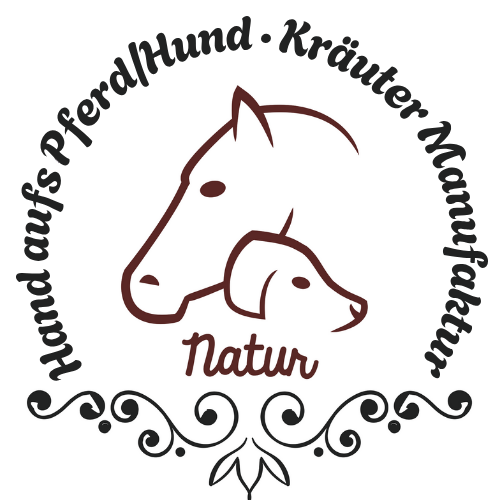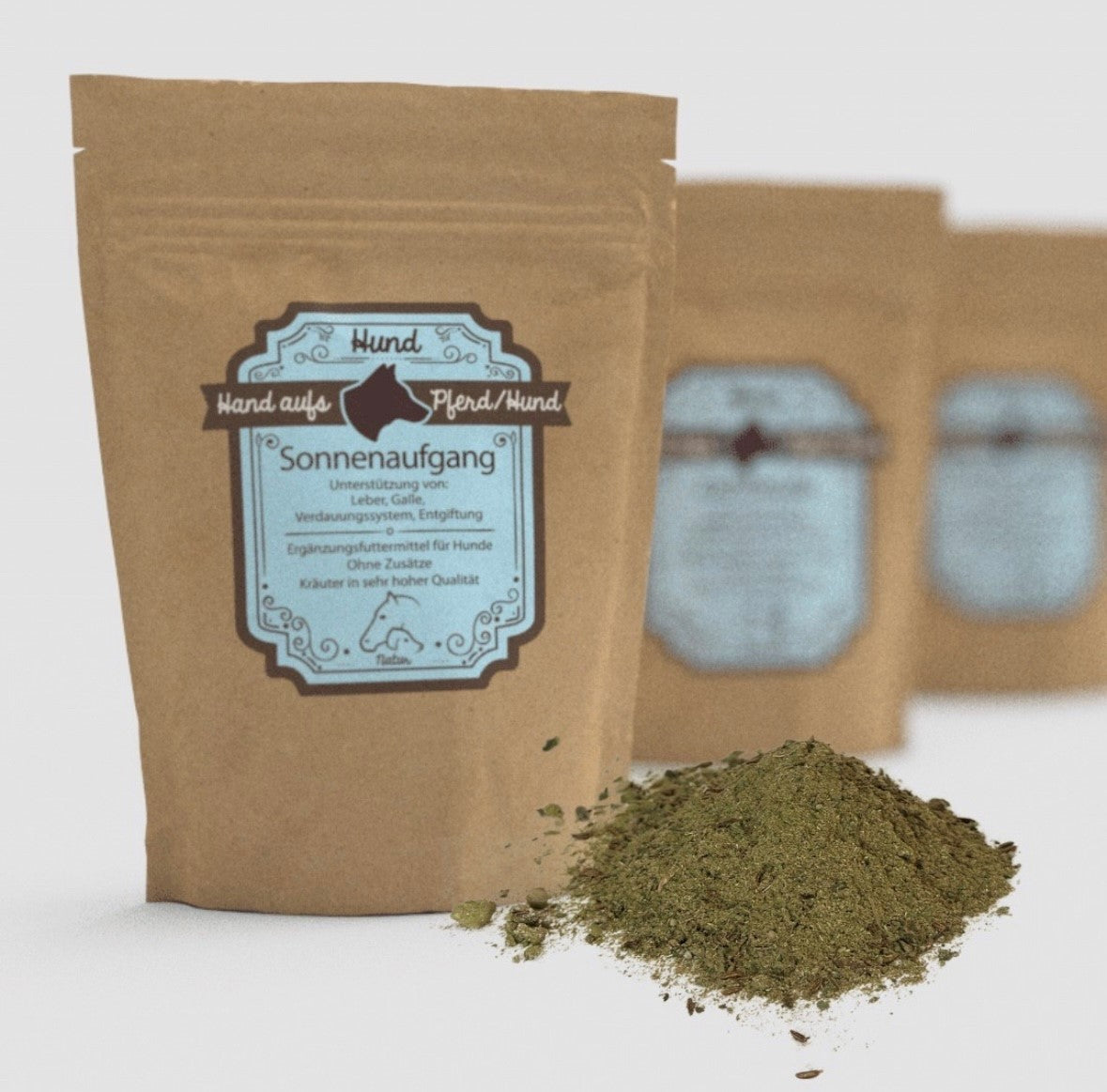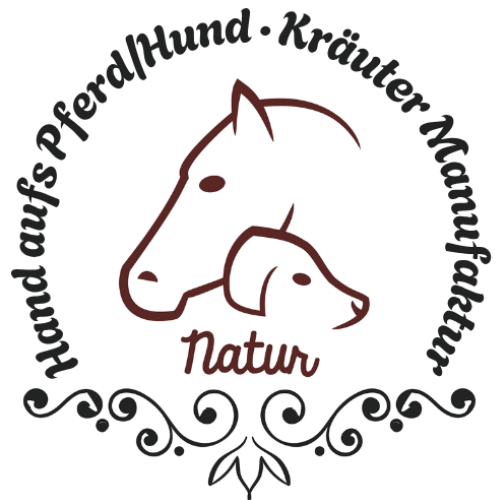
Feed change from hay to grass in the horse in spring
Switching your horse's feed from hay to grass in spring: Everything you need to know
Spring is an exciting time for horse owners – the days are getting longer, temperatures are rising, and, most importantly, the fresh, green grass is beginning to sprout. But with the change of seasons comes the need to switch feeds from hay to fresh grass. This transition can be challenging, as it is associated with various health issues. In this blog post, you'll learn everything you need to know about changing your horse's feed in spring – from the health benefits and potential risks to helpful tips and frequently asked questions (FAQs).
Why is a feed change necessary in spring?
In winter, horses are fed primarily hay, as fresh grass is unavailable at this time of year. Hay provides essential nutrients that keep your horse hydrated and supplied with vitamins during the cold season. However, in spring, when the grass begins to grow again, it's important to gradually adjust the feed.
Reasons for changing feed:
- Fresh grass contains important nutrients: In spring, fresh grass provides your horse with a good source of vitamins, minerals, and fiber. Young, green grasses, in particular, are rich in important nutrients that ensure a balanced diet.
- Improve digestion: Grass contains high amounts of water and fiber, which stimulate your horse's digestion and stabilize fluid balance.
- Promoting health: Transitioning to fresh grass promotes your horse's overall well-being, as it can feed more naturally. However, it's important to make the transition slowly to avoid digestive problems.
Step-by-step instructions for changing feed
A rapid transition from hay to grass can lead to health problems like colic or diarrhea. Therefore, it's important to make the transition gradual. Here's a step-by-step guide on how to make the feed transition safe and healthy for your horse:
Slow introduction of grass
Start the transition slowly by letting your horse out to pasture for short periods every day. Start with about 30 minutes to an hour and gradually increase the time. This allows your horse's gastrointestinal tract to become accustomed to the fresh grass.
Observation of digestion
Keep an eye on your horse's digestion during the transition. Watch for signs of colic, diarrhea, or other digestive upsets. If your horse suddenly starts eating too much grass or shows any health problems, reduce grazing time and consult a veterinarian.
Pasture and grass care
Ensure the pasture is well-maintained. Grass that has grown too quickly or is available in large quantities can cause digestive problems. The grass should be fresh, but not excessively tall or wilted. If necessary, you can divide the pasture into smaller sections to control growth and optimize nutrient intake.
Continue offering hay
Even if your horse is eating fresh grass, you should continue to offer hay as a supplement. Grass alone may not be enough to provide all the nutrients your horse needs. Especially during the first few weeks of the feed transition, it's important to continue providing hay to ensure balanced nutrition and digestion.
Don't forget water
Ensure your horse always has access to fresh water. While grass contains water, it's not always enough to meet their entire hydration needs. Especially in spring, when temperatures rise, it may be necessary to offer more water.
Possible risks when changing feed
While transitioning from hay to grass has many benefits, it is not without risks. Especially for horses that have not had fresh pasture during the winter, there are some potential health issues to be aware of.
Overeating and colic
In spring, grass grows quickly and is rich in sugar, which can cause your horse to overeat. A sudden transition to too much fresh grass can lead to colic. This happens if your horse's gastrointestinal tract can't cope with the sudden change.
Head grass or spring grass fatigue
Another risk is the so-called "head grass disease," caused by the high concentration of fructans in grass. These sugars can burden the digestive system and cause digestive problems if consumed too quickly in large quantities.
Horse with too much sugar
Young grass contains higher amounts of sugar, which can be problematic for horses prone to laminitis or other metabolic diseases. If your horse consumes too much sugar from grass, health problems can arise.
Tips for a healthy change in diet
- Pay attention to your horse’s weight: Regularly monitor your horse's weight to ensure it stays healthy. Eating grass too quickly can lead to weight gain or health problems.
- Combine hay and grass: Keep the hay and grass mix balanced during the first few weeks of the feed transition. This will ensure your horse receives sufficient nutrients.
- Be patient: The feed change should be made gradually. Your horse needs time to get used to the new diet.
Frequently Asked Questions (FAQ)
1. When should I start changing my dog's food? The feed transition should begin when the grass has grown sufficiently but is not yet flowering too vigorously. Make sure temperatures don't drop below 0°C and the grass is green and fresh.
2. What can I do if my horse gets colic? If your horse shows signs of colic, immediately reduce grazing time and continue to offer hay. Consult a veterinarian to determine the exact cause and discuss treatment. During the initial grazing period, you can use our Colic herbs for horses KoKo We recommend feeding sunrise during the transition period.
3. Do I need to add additional minerals when changing food? It depends. If your horse has been fed exclusively hay for an extended period, it may need additional minerals. Make sure the nutrients in grass and hay are sufficient. Minerals for horses: Vitamin
4. How long does it take to transition from hay to grass? The transition can take several weeks. During the first two to three weeks, you should gradually increase the time spent on pasture to give your horse time to adjust.
Conclusion
Transitioning from hay to grass in spring is a natural process, but it must be done with care and patience. By making the transition gradually and paying attention to your horse's needs, you can ensure that your horse stays healthy and happy. With proper preparation and the right measures, you can let your horse enjoy spring to the fullest.



